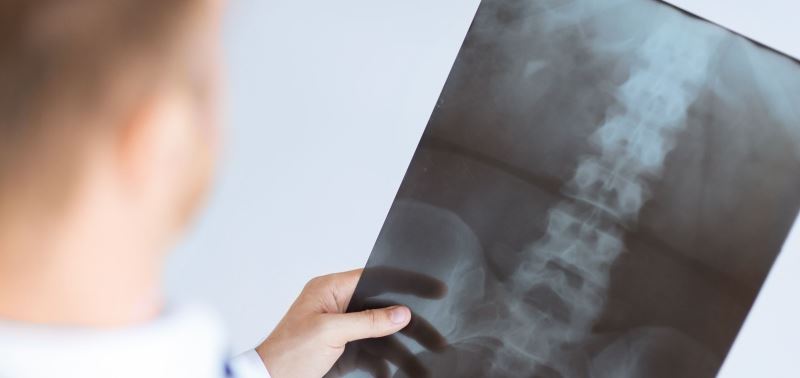The Stages Of Spinal Cord Injury Recovery
Category: Spinal Cord Injury | Author: Stefano Sinicropi

Your spinal cord is one of the most complex and delicate structures in your entire body. If you suffer a severe injury to your spinal cord, you can suffer partial paralysis, full paralysis or even death. Medical science has come a long way in a short period of time, so while we’re getting better at caring for individuals who suffer spinal cord injuries, we’ve yet to find a cure to return them to a pre-injured state.
However, that doesn’t mean that a person who suffers a severe spinal cord injury can’t live a long and fulfilling life. In fact, many patients I’ve met with spinal cord injuries have a more positive outlook on life than the average back pain sufferer. So although we have yet to come up with a cure, treating a spinal cord injury is a little different than fixing a herniated disc or a pinched nerve. Today, we’re going to look at the two stages of spinal cord injury recovery.
Stage One – Acute Injury Care
The first stage of recovery is caring for the person in the immediate aftermath of the incident that resulted in the spinal cord injury. As we mentioned above, you may be able to walk, drive or hobble into the clinic if you’re suffering from a herniated disc or pinched nerve, but you won’t be as mobile after a spinal cord injury. In fact, you want to move the injured person as little as possible. By immobilizing the patient, you can help ensure damage to the spine is minimized.
Once the patient is immobilized and brought to the medical center (usually by ambulance), doctors will work to address the acute injury. This may involve a surgical operation to reinforce the damaged area of your spine, or an operation to depressurize the area. In some cases, surgery may not be necessary, and acute care will only consist of monitoring vital signs, addressing other wounds, and using imaging techniques to diagnose the extent of the damage. The acute injury care stage ends when the patient’s spine is stabilized and the damaged is contained.
Stage Two – Rehabilitation
The second and final stage of spinal cord injury care is the rehabilitation stage. This stage can be long, and rehabilitation may be something you need for the remainder of your life. That may sound daunting, but rehabilitation is actually something you should be excited about because its main goal is to help you regain your independence.
The early part of the rehabilitation stage is crucial, as many of the gains a person will make in movement will happen earlier rather than later in rehabilitation. That’s not to say that you should expect to be walking again in no time, but it’s unreasonable to think that you’ll regain full strength in your legs ten years down the road if you’ve been able to stand for five years. Regardless, the goal of rehabilitation is to restore as much function as possible, and this is achieved in a number of different ways. Your care plan will depend on your specific injury, but common rehabilitation techniques for spinal cord injuries include:
- Physical therapy
- Occupational therapy
- Patient education
- Exercise
- Mental health counseling
As we noted above, there is no definitive end time to the rehabilitation stage. If you want to maintain your strength and mobility, you’ll need to continue therapy or an exercise routine on an outpatient basis at regular intervals. Talk to your doctor about a specific care plan.